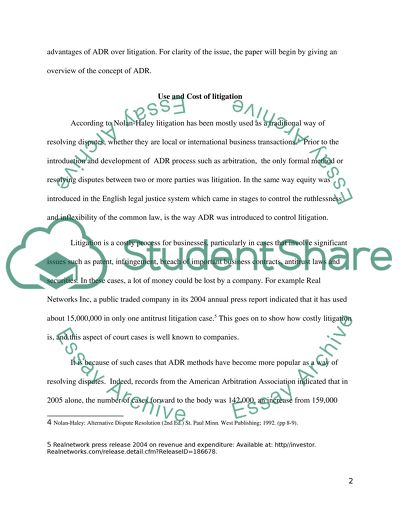Cite this document
(“Advantages and disadvantages of alternative dispute resolution over Assignment”, n.d.)
Retrieved from https://studentshare.org/family-consumer-science/1421535-advantages-and-disadvantages-of-alternative-dispute-resolution-over-litigation-in-international-business
Retrieved from https://studentshare.org/family-consumer-science/1421535-advantages-and-disadvantages-of-alternative-dispute-resolution-over-litigation-in-international-business
(Advantages and Disadvantages of Alternative Dispute Resolution over Assignment)
https://studentshare.org/family-consumer-science/1421535-advantages-and-disadvantages-of-alternative-dispute-resolution-over-litigation-in-international-business.
https://studentshare.org/family-consumer-science/1421535-advantages-and-disadvantages-of-alternative-dispute-resolution-over-litigation-in-international-business.
“Advantages and Disadvantages of Alternative Dispute Resolution over Assignment”, n.d. https://studentshare.org/family-consumer-science/1421535-advantages-and-disadvantages-of-alternative-dispute-resolution-over-litigation-in-international-business.


